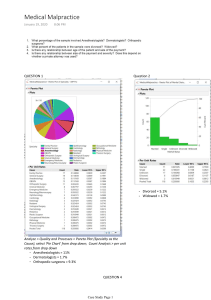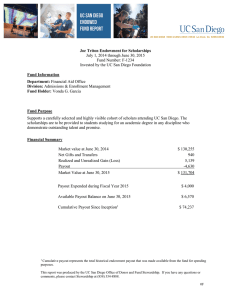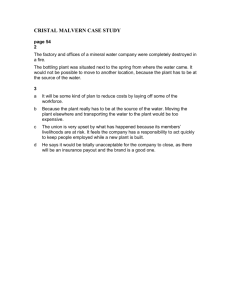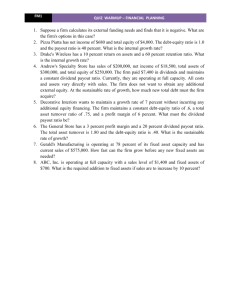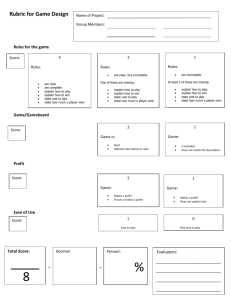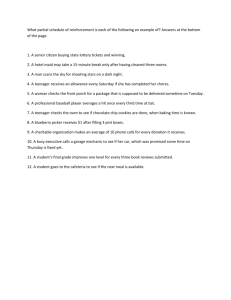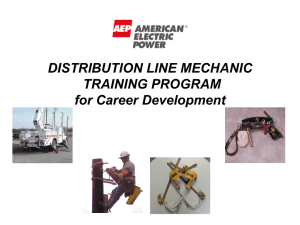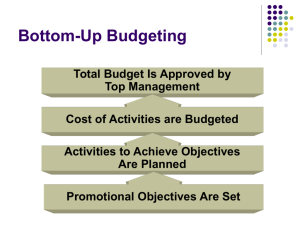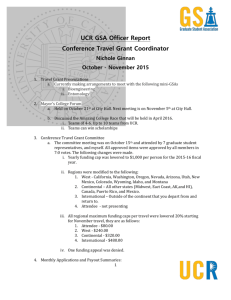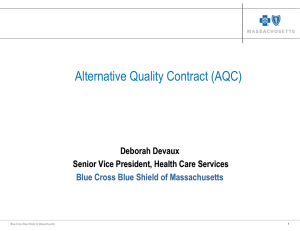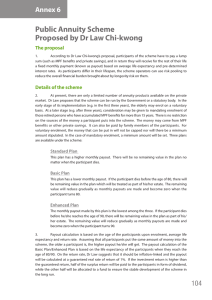Notes: April 21, 2014
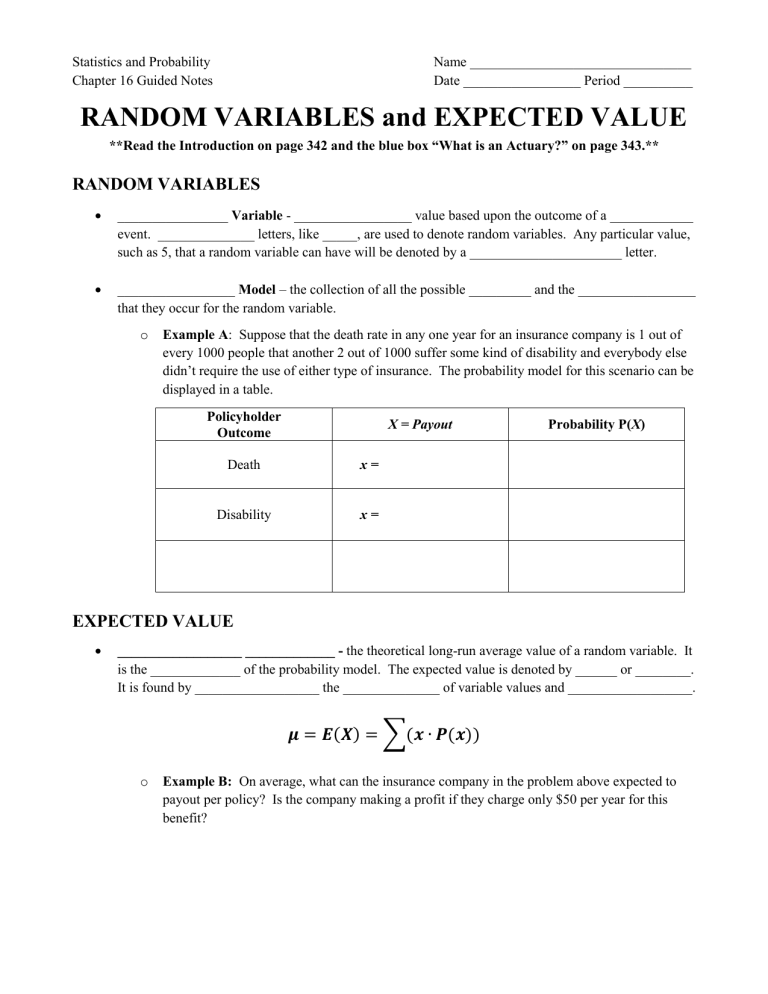
Statistics and Probability
Chapter 16 Guided Notes
Name ________________________________
Date _________________ Period __________
RANDOM VARIABLES and EXPECTED VALUE
**Read the Introduction on page 342 and the blue box “What is an Actuary?” on page 343.**
RANDOM VARIABLES
________________ Variable - _________________ value based upon the outcome of a ____________ event. ______________ letters, like _____, are used to denote random variables. Any particular value, such as 5, that a random variable can have will be denoted by a ______________________ letter.
_________________ Model – the collection of all the possible _________ and the _________________ that they occur for the random variable. o Example A : Suppose that the death rate in any one year for an insurance company is 1 out of every 1000 people that another 2 out of 1000 suffer some kind of disability and everybody else didn’t require the use of either type of insurance. The probability model for this scenario can be displayed in a table.
Policyholder
Outcome
X = Payout Probability P(X)
Death x =
Disability x =
EXPECTED VALUE
__________________ _____________ - the theoretical long-run average value of a random variable. It is the _____________ of the probability model. The expected value is denoted by ______ or ________.
It is found by __________________ the ______________ of variable values and __________________.
𝝁 = 𝑬(𝑿) = ∑(𝒙 ∙ 𝑷(𝒙)) o Example B: On average, what can the insurance company in the problem above expected to payout per policy? Is the company making a profit if they charge only $50 per year for this benefit?
o Example B, Part 2: The expected value can be calculated second way by multiplying each payout by the probability that it occurs!
Explain what this value means in context! o Example C: Someone had to take his minivan in for repair because the air-conditioner was cutting out intermittently. The mechanic identified the problem as dirt in a control unit. The mechanic said that in about 75% of such cases, drawing down and then recharging the coolant a couple of times cleans up the problem – and costs only $60. If that fails, then the control unit must be replaced at an additional $100 for parts and $40 for labor.
Define the random variable and construct the probability model.
What is the expected value of the cost of this repair?
What does this value mean in this context?
